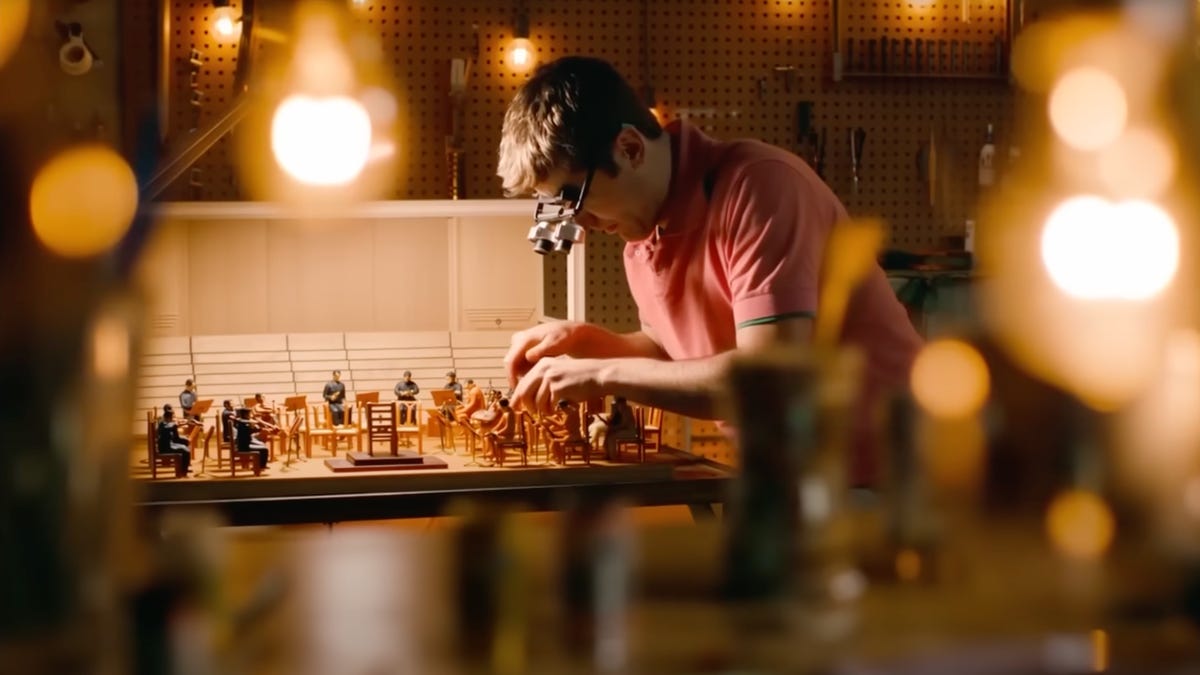OpenAI Introduces New Controls for Sora’s Cameo Feature

Key Points
- OpenAI adds keyword and scenario restrictions to Sora cameo profiles.
- Creators can now block specific uses of their face and voice, such as political commentary.
- The watermark on downloaded Sora videos will be more visible.
- Legal experts had previously criticized OpenAI’s opt‑out approach to copyright.
- OpenAI is refining safety guardrails to reduce false negatives and close loopholes.
OpenAI announced updates to its invite‑only Sora app that give users more control over how their likenesses are used in AI‑generated videos. The changes let creators add keyword or scenario restrictions to their cameo profiles and make the watermark on downloaded videos more visible. The move follows criticism from copyright experts and recent legal challenges involving AI‑generated content. OpenAI’s head of Sora, Bill Peebles, said the company is also refining safety guardrails to reduce false negatives while addressing concerns from creators and rights holders.
Background
Sora, OpenAI’s invite‑only social media platform that combines a social feed with an AI video generator, quickly became a focal point for discussions about deepfake technology and copyright. The app’s most popular feature, called “cameo,” allows users to upload a video of their own face and voice, which can then be placed into any AI‑generated scene. Early adopters used cameo to create realistic videos of public figures, sparking worries about misinformation and unauthorized use of copyrighted characters.
New Cameo Restrictions
OpenAI responded to user feedback by adding a set of controls that let cameo owners specify how their likeness can be used. In addition to the existing option to block all third‑party use, creators can now enter restricted keywords or scenarios. For example, a user can prevent their face and voice from being used in political commentary or other sensitive contexts. The company also announced that the white watermark applied to downloaded videos will be made more prominent, helping viewers identify AI‑generated content.
Legal Context
Intellectual‑property lawyer Robert Rosenberg criticized OpenAI’s earlier stance that rights holders needed to “opt out” of having their copyrighted material used by the model, calling it a “nonstarter” under existing copyright law. The criticism came amid broader legal battles, with major studios and publishers suing AI firms for reproducing protected characters without permission. OpenAI’s recent adjustments aim to address these concerns by giving individuals and creators more granular control over the use of their likenesses, while still operating under the protections of Section 230 that shield platforms from liability for user‑generated content.
Future Outlook
Bill Peebles, head of Sora, indicated that the company is continuing to refine its safety guardrails. The goal is to reduce false negatives—instances where legitimate content is mistakenly blocked—while closing loopholes that could be exploited for misuse. OpenAI’s approach reflects a balancing act: providing innovative AI tools for creators while mitigating legal and ethical risks. The effectiveness of these new controls will depend on how they are implemented and whether they satisfy both individual users and the broader creative community.